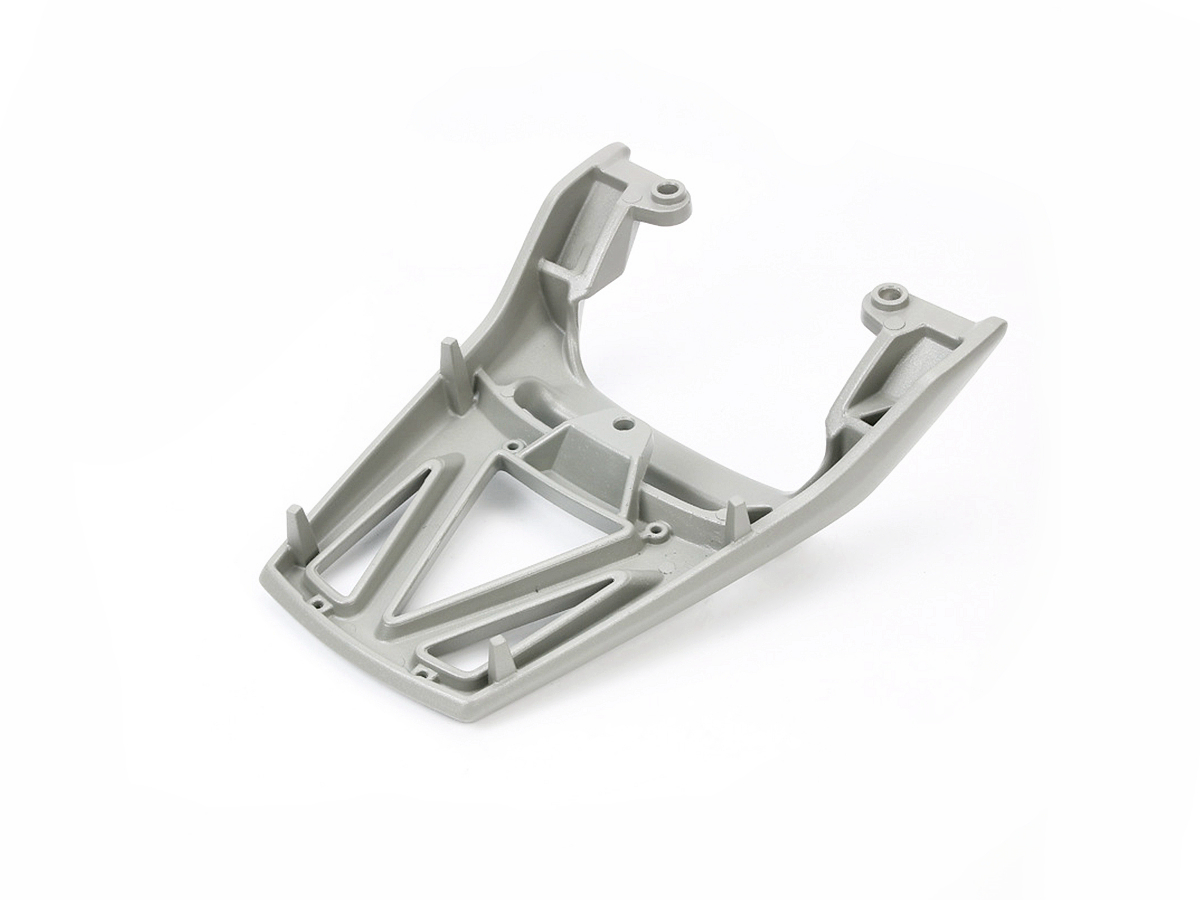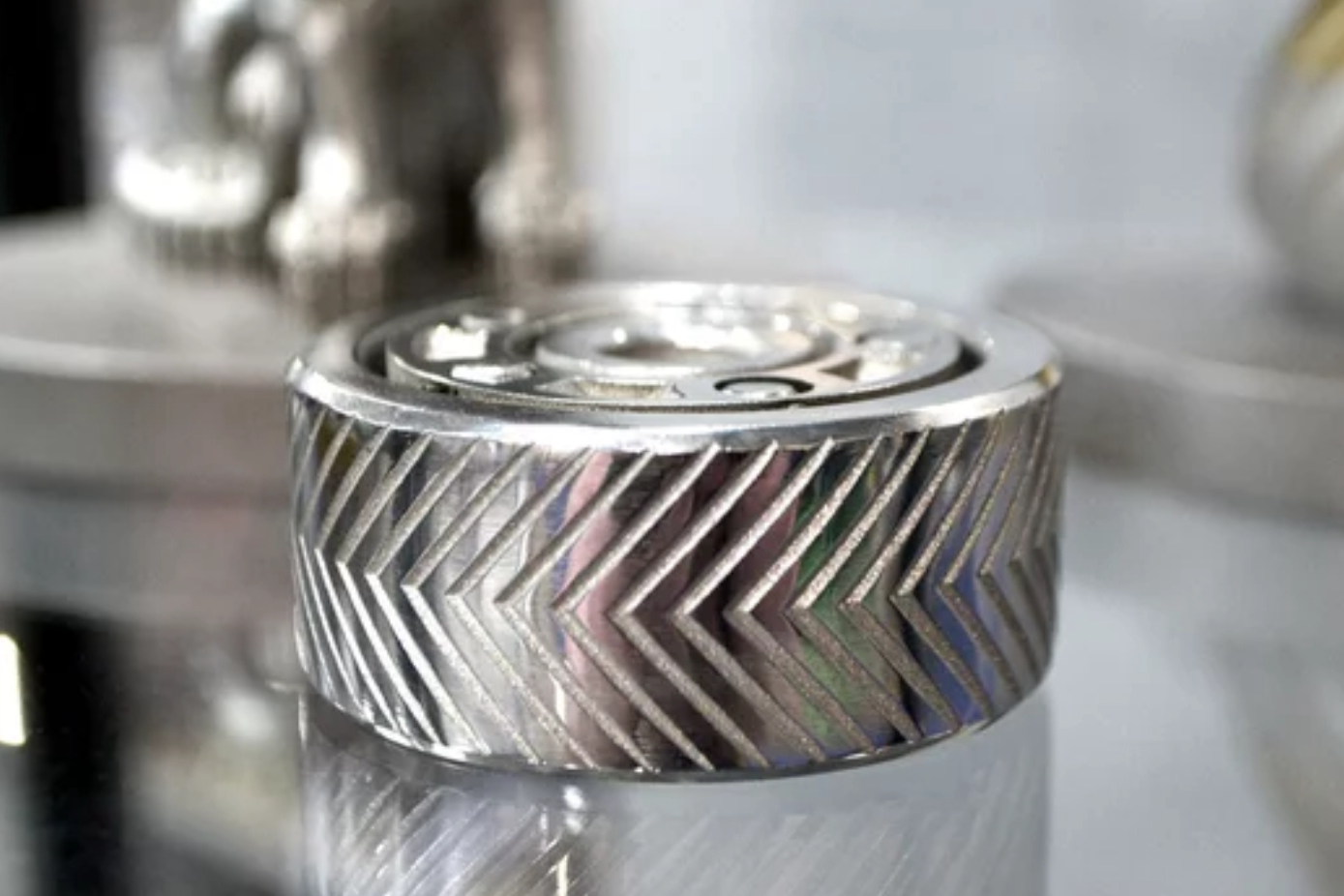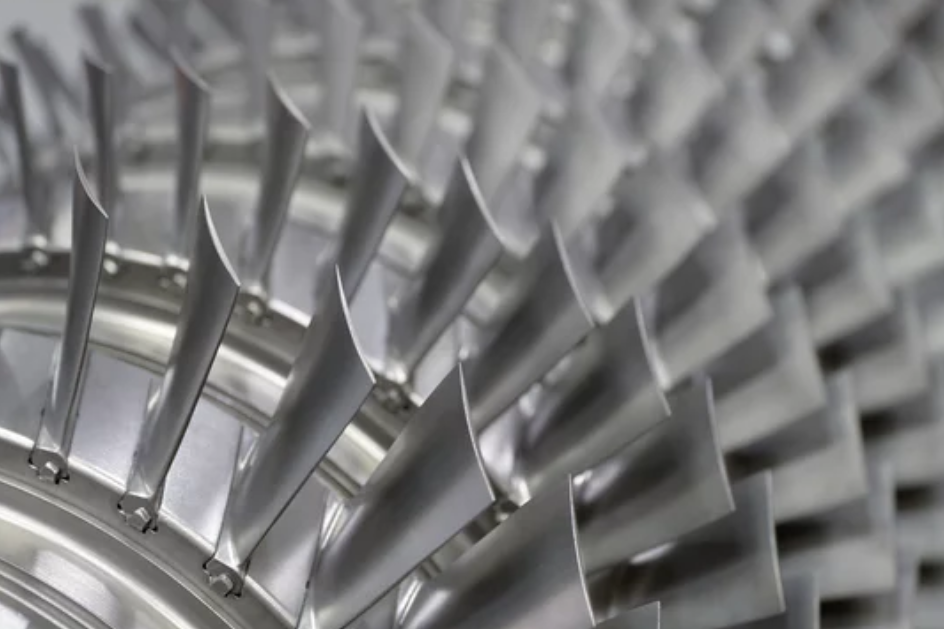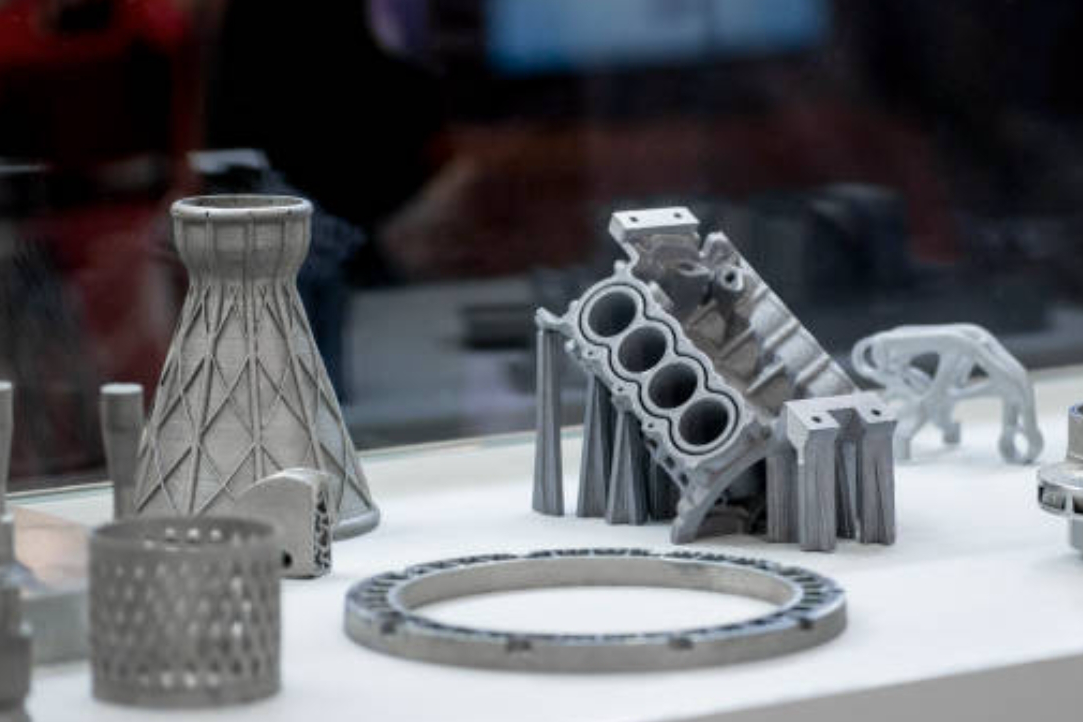High-Performance Lightweight Aerospace Components Solutions
Introduction to Lightweight Aerospace Components
Lightweight aerospace components are critical for improving fuel efficiency, enhancing payload capacity, and ensuring flight safety. As global aviation standards demand more sustainable and high-performance solutions, using advanced lightweight materials and precision manufacturing becomes essential.
These innovations' core is the integration of optimized structural design, material selection, and scalable fabrication processes. Aerospace manufacturers increasingly rely on multi-material strategies combining aluminum, titanium, and high-temperature alloys to achieve optimal strength-to-weight ratios. Meanwhile, digitalized production workflows offered by Custom Parts Manufacturing Service accelerate the development of highly customized and lightweight aerospace parts that meet AS9100 and ISO 9001 standards.
This blog explores the essential materials, manufacturing technologies, surface treatments, and case studies driving lightweight aerospace component success across structural frames, engine modules, and electronic enclosures.

Core Material Requirements for Aerospace Applications
Aerospace components must endure extreme operating environments without compromising weight efficiency or safety. This requires materials that balance structural integrity with performance reliability across thermal, mechanical, and chemical stressors.
High Strength-to-Weight Ratio
Materials used in aerospace must deliver superior mechanical properties without adding mass. Titanium alloys are particularly valuable for structural elements such as brackets, bulkheads, and housing shells. Their high strength, low density, and fatigue resistance make them ideal for critical load-bearing applications. Processes like Titanium Alloy Injection Molding ensure tight tolerances and design flexibility for such demanding components.
Corrosion and Heat Resistance
Exposure to high-altitude environments, jet fuels, and thermal gradients necessitates excellent corrosion and thermal stability. Alloys like Inconel 718 are widely adopted in hot-zone components due to their performance under 700°C. Using Inconel 718 in 3D printed or investment cast forms supports prototyping and high-volume part production.
Material Fatigue and Impact Durability
Dynamic stresses from cyclic loading, vibration, and shock events require materials with excellent fatigue and impact performance. Carbon Steel Investment Casting is often selected for aerospace undercarriage and actuator systems due to its superior impact resistance and long-term durability.
Selecting the right combination of material properties ensures that the aerospace component meets both performance requirements and lifecycle cost efficiency.
Advanced Lightweight Materials in Aerospace
The evolution of aerospace structures relies heavily on material innovation. Engineers must consider weight and performance under mechanical stress, extreme temperatures, and corrosion exposure. The following materials dominate modern lightweight aerospace applications.
Aluminum Alloys
Aluminum alloys are widely used in airframes, brackets, and heat sinks due to their low density (2.7 g/cm³), high thermal conductivity, and excellent corrosion resistance. AlSi10Mg 3D Printing enables the direct manufacturing of complex parts with optimized lattice geometries for weight reduction. For die-cast parts, Aluminum A380 Die Casting offers high dimensional stability and cost efficiency, making it ideal for structural housings in avionics.
Titanium Alloys
Renowned for their outstanding strength-to-weight ratio and bi-corrosion resistance, titanium alloys are vital for aerospace fasteners, engine components, and structural joints. MIM Ti-6Al-4V can produce intricate geometries with superior fatigue resistance, suitable for small, complex aerospace elements like couplings and hinges.
High-Temperature Superalloys
Jet engines and combustion zone parts require materials that retain mechanical properties at elevated temperatures. Alloys like Hastelloy X withstand temperatures up to 1100°C. Hastelloy X, produced via additive manufacturing, supports low-volume prototyping of turbine blades and exhaust ducting without tooling costs, enabling faster design validation.
Engineering Plastics
Advanced thermoplastics offer weight savings in less mechanically intensive applications such as interior trim, enclosures, and electrical insulators. PEEK Automotive Bushing demonstrates how high-performance plastics can replace metal in specific load-bearing applications while providing excellent chemical resistance, wear properties, and dimensional stability over a wide temperature range.
The selection of the right material is not only application-driven but must also consider fabrication methods, certification standards, and part complexity. These materials play a pivotal role in next-generation aerospace design for commercial and defense platforms.
Precision Manufacturing Technologies for Lightweight Components
The transition from material design to a final component in aerospace engineering depends on advanced manufacturing technologies. These processes ensure that lightweight structures meet dimensional accuracy, surface integrity, and certification requirements without compromising strength.
CNC Machining for Aerospace
Multi-axis CNC machining remains fundamental for aerospace components with complex geometries and tight tolerance requirements (±0.005 mm or better). High-speed milling and turning are ideal for critical elements such as airframe joints, actuator mounts, and engine brackets. CNC Machining Prototyping allows rapid validation of designs in aluminum, titanium, and composite substrates. Implementing 5-axis CNC in Aerospace enables tool access to deep cavities and angular surfaces, significantly reducing setup time and machining cost.
Investment Casting for Complex Thin-Wall Components
Investment casting is preferred for lightweight components requiring hollow interiors and net-shape features. Standard parts include turbine housing, actuator shells, and fuel pump frames. Aerospace Investment Castings allow nickel-based or titanium alloys in parts that require thin walls without compromising strength, optimizing performance in thermal or high-vibration zones.
Metal Injection Molding (MIM) for Miniaturized Structural Parts
MIM combines the complexity of plastic injection molding with the mechanical integrity of metal. It suits small aerospace parts like connectors, locks, and control levers. MIM Aerospace Parts achieve superior density and microstructure uniformity post-sintering. This process supports intricate geometries and lightweight designs while being scalable for medium-to-high production volumes.
Advanced 3D Printing for Prototyping and Production
Additive manufacturing accelerates aerospace development by minimizing lead time, weight, and part count. Using DMLS or SLM techniques, high-strength alloys like Inconel, titanium, and aluminum can be printed with complex internal channels and lattices. 3D Printing Prototyping supports design optimization and cost reduction by enabling engineers to iterate designs without complex tooling.
Each manufacturing approach's strength depends on the part's geometry, function, and quantity. Combined with appropriate post-processing and inspection, these technologies enable efficient, repeatable, and certifiable lightweight aerospace solutions.
Lightweight Component Applications in Aerospace Systems
The lightweight design extends across every central aerospace subsystem. From fuselage structures to electronic housings, reducing part mass while maintaining integrity is central to fuel efficiency and mechanical reliability.
Structural Airframe Elements
Due to their strength-to-weight advantages, primary airframe structures—such as fuselage frames, wing spars, and internal bulkheads—are often manufactured from aluminum and titanium alloys. Die-casting processes allow for thin-walled, high-integrity parts in non-critical areas. The case study on crafting thin-walled aluminum castings illustrates techniques for producing lightweight enclosures with enhanced dimensional accuracy and mechanical strength directly applicable to aircraft interior and panel applications.
Engine and Thermal Zone Components
Turbine blades, nozzle rings, and thermal shields must perform in high-temperature, oxidative conditions. Superalloy components are often enhanced using ceramic or metallic thermal coatings to resist heat-induced deformation. Applying a Thermal Barrier Coating significantly improves service life and thermal insulation of components in jet propulsion systems.
Avionics and Sensor Housings
Electronic modules such as flight computers, navigation sensors, and control systems benefit from lightweight, durable housing materials. Plastic and composite enclosures reduce weight while maintaining electromagnetic shielding and structural rigidity. In Compact Electronic Device Housings, using advanced polymers with precision molding ensures optimal protection and thermal management in aerospace electronics.
These application examples show how material and process pairing can be tailored for specific aerospace system demands—delivering weight savings without compromising safety or performance.
Surface Treatments to Enhance Durability & Weight Efficiency
Beyond base material selection, surface engineering is critical in protecting aerospace components from corrosion, wear, and thermal stress. Proper surface treatment enhances the durability of lightweight parts without significantly increasing weight or compromising dimensional tolerances.
Lightweight Corrosion Protection
Aluminum and titanium parts—despite their intrinsic resistance—often require surface protection to perform reliably under high-humidity, saline, or fuel-rich conditions. The Anodizing Process creates a hard oxide layer on aluminum that improves abrasion resistance and adhesion of secondary coatings while maintaining minimal weight gain. For more complex parts or when enhanced reflectivity and barrier properties are needed, PVD Surface Treatment offers high-purity, thin-film coatings that provide excellent corrosion and fatigue protection for aerospace-grade components.
Thermal & Electrical Insulation
High-temperature or high-voltage environments demand coatings that resist thermal degradation and provide electrical insulation. Applications such as engine nacelles, electronic housings, and thermal interface materials benefit from surface treatments that control heat transfer. Thermal Coating technologies are applied to superalloy parts in propulsion systems to improve resistance against oxidation and heat fatigue, especially in combustor sections and exhaust systems.
Properly engineered surface treatments significantly extend the lifespan of lightweight aerospace parts, ensuring consistent performance across the aircraft’s operational lifecycle.
Success Cases of Lightweight Aerospace Components
Neway has partnered with aerospace manufacturers to deliver high-performance, lightweight components across structural, propulsion, and avionics systems.
One notable project used CNC machining to fabricate ultra-precise aluminum components for jet wing assemblies. The Precision in Flight: CNC Aerospace case demonstrates how 5-axis CNC milling enabled aerodynamic accuracy and consistent structural integrity while reducing total component weight by 22% compared to conventional welded assemblies.
In another success story, investment-cast aluminum parts were developed for consumer-grade aerospace enclosures, achieving complex geometries with minimal wall thickness. The Lightweight Strength: Aluminum Castings project highlights how die-casting technology enabled the integration of heat sinks, brackets, and cable routing features, resulting in reduced part count and a 30% weight reduction.
These case studies illustrate how precision engineering and materials integration yield real-world advantages in modern aerospace design.
Conclusion: Future Outlook and Best Practices
As aerospace systems evolve toward electrification, autonomy, and sustainability, the demand for lightweight, high-performance components will only intensify. Next-generation aircraft will rely heavily on hybrid material integration, multi-functional structural parts, and topology-optimized geometries.
To meet these demands, engineering teams must adopt a concurrent design approach, selecting materials based on structural and environmental constraints while leveraging advanced manufacturing like additive and hybrid machining. Combining technologies such as MIM Ti-6Al-4V, thermal coatings, and ultra-precise 5-axis machining maximizes part performance at minimum weight.
Proactive surface treatment selection, lifecycle validation, and close supplier collaboration are also key to ensuring part integrity under extreme flight conditions. With these best practices in place, aerospace innovators can confidently build systems that are lighter, stronger, and more efficient—meeting regulatory and operational goals for the future of aviation.



